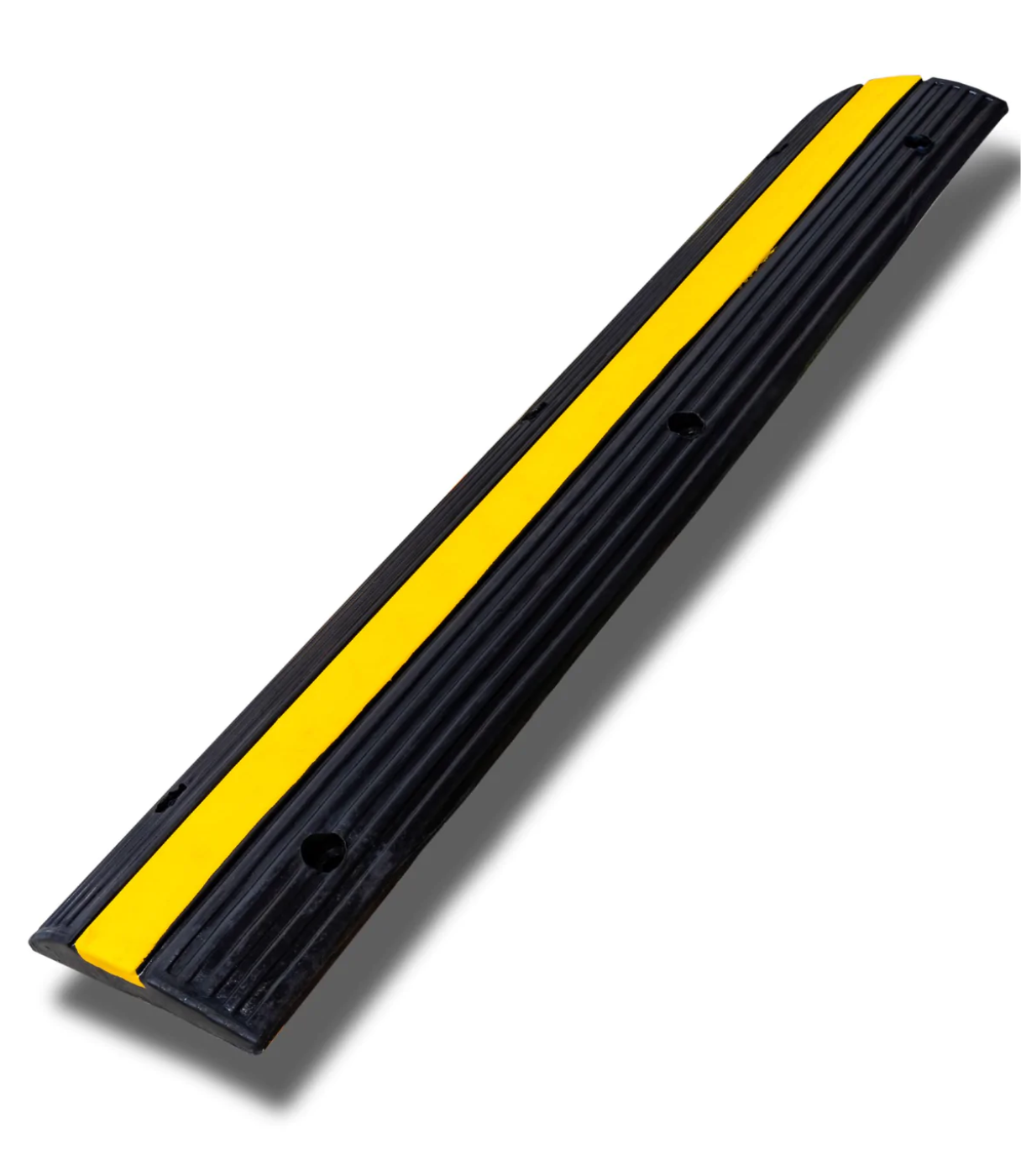
Warehouses, chemical plants, and other commercial and industrial facilities often have large amounts of liquids stored on site. These liquids can include everything from water and cleaning solutions to hazardous materials like acids and oil. In the event of a spill, it's critical to contain the liquid so it doesn't damage equipment or cause injuries. That's where floor bunding comes in.
Floor bunding is a physical barrier that surrounds areas where liquids are stored or used. It helps prevent spills from spreading beyond the immediate area, containing them until they can be cleaned up safely. Bunding can be made from various materials, including concrete, plastic, metal, or even specialised pads.
Why floor bunding is important
There are a number of reasons why floor bunding is so important in the workplace. Some of the most important include:
1. It can help prevent injuries.
If there is a hazard on the floor, floor bunding can help to prevent employees from coming into contact with it. This can help to keep employees safe and prevent injuries.
2. It can help protect the floor.
If there is a potential hazard on the floor, floor bunding can help to protect the floor from damage. This is especially important in workplaces where the floor is made of expensive materials or is difficult to replace.
3. Improve workplace safety.
Floor bunding can help to create a safer workplace overall. This is because it can help to prevent accidents and injuries from happening.
4. It can save money.
Preventing accidents and injuries in the workplace can save businesses a lot of money. This is because these accidents can often lead to lawsuits, workers’ compensation claims, and lost productivity.
5. Floor bunding can be required by law.
In some cases, floor bunding may be required by law. This is often the case in workplaces where there are potential hazards present.
How does floor bunding work?
This is a method of containing and managing spills on floors and other horizontal surfaces. It involves installing factors such as physical barriers, drains, or sumps to direct spilled fluids away from people and equipment. The barrier can be made of any material that will not allow fluids to pass through it, such as concrete, metal, or plastic.
There are many benefits to using floor bunding. One is that it can help prevent slips, trips, and falls by keeping floors clean and dry. Another benefit is that it can minimise the spread of contaminants and help keep them from coming into contact with people or equipment. Bunding can also help protect against environmental contamination by controlling the release of chemicals and other pollutants.
How to choose the right floor bunding for your workplace
When it comes to choosing the right floor bunding for your workplace, it's important to consider a few factors. The most important factor is the type of material that will be stored on the building. For example, if you're storing hazardous materials, you'll want to choose a bunding system that is specifically designed to handle hazardous materials.
In addition to the type of material being stored, you'll also want to consider the weight of the material. Heavier materials will require a stronger and more durable bunding system. And finally, you'll want to make sure that the bunding system is large enough to accommodate all of the material being stored.
Conclusion
Floor bunding is an important part of any workplace, as it helps to protect both employees and the floor from any potential hazards. There are a number of reasons why floor bunding is so important, and it's something that all businesses should consider implementing.
At Best Bunding, we provide high-quality floor bunding products that can help your business stay safe and compliant. We're proud to be ranked #1 for bundling, spill products, and pallets, and we're committed to providing the best possible service to our customers. Contact us today to learn more about our products and how they can benefit your business!
